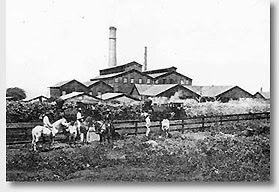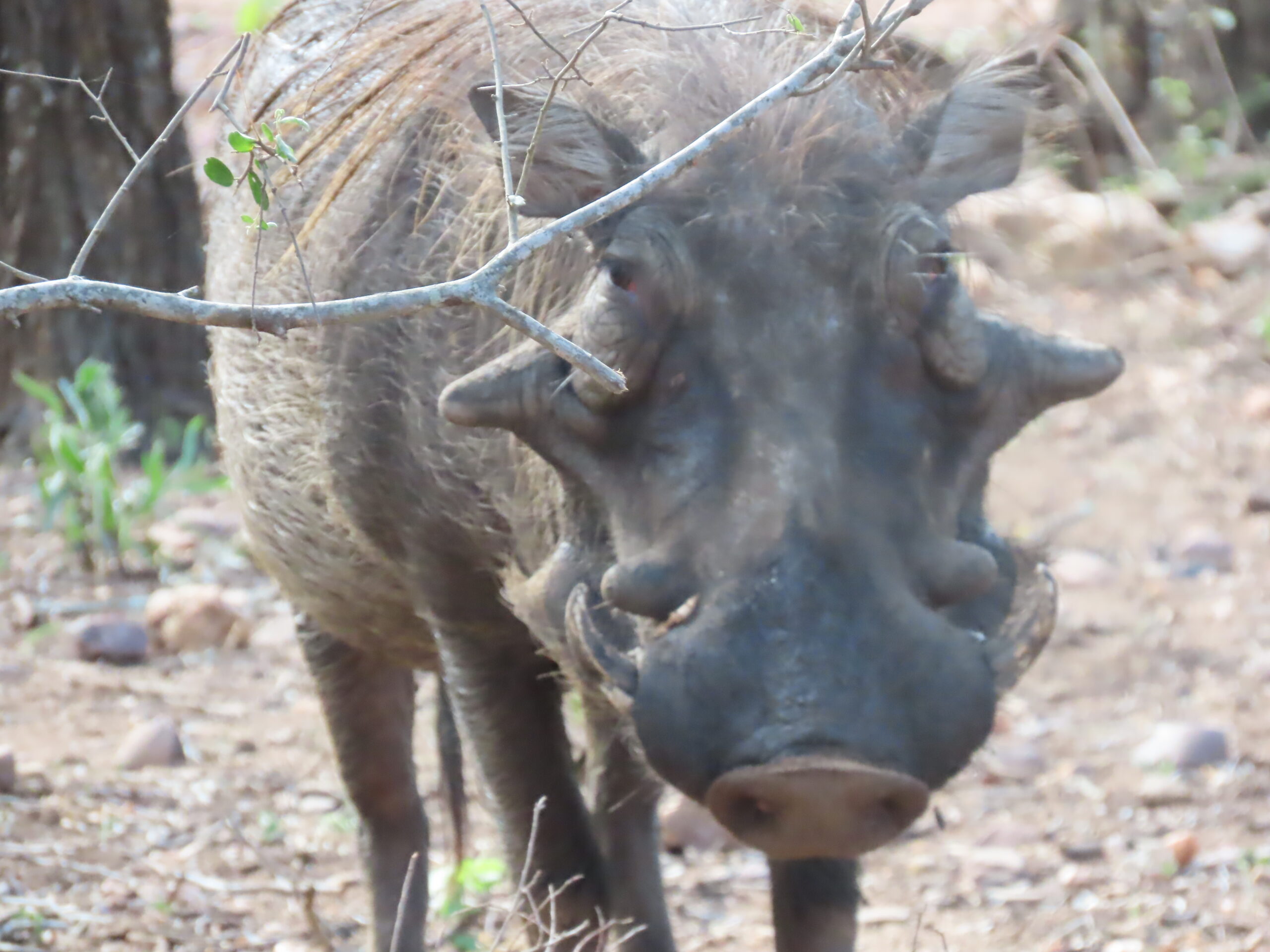
Often, tourists perceive negative thoughts about the safety of traveling to South Africa. Like any major city, the big cities in South Africa can be unsafe and rife with crime and corruption. We avoid spending time in big cities anywhere except for a few days to discover their wonders, culture, and history. From there, typically, we head to rural areas where we can embrace scenery, nature, and wildlife.
Tourism in South Africa is thriving in 2025, offering travelers a dynamic blend of adventure, culture, and natural beauty. This vast and diverse country continues to enchant visitors with its breathtaking landscapes, vibrant cities, and rich history. South Africa has positioned itself as a must-visit destination as the world embraces a new era of travel—one shaped by sustainability, digital convenience, and a desire for deeper, more meaningful experiences.
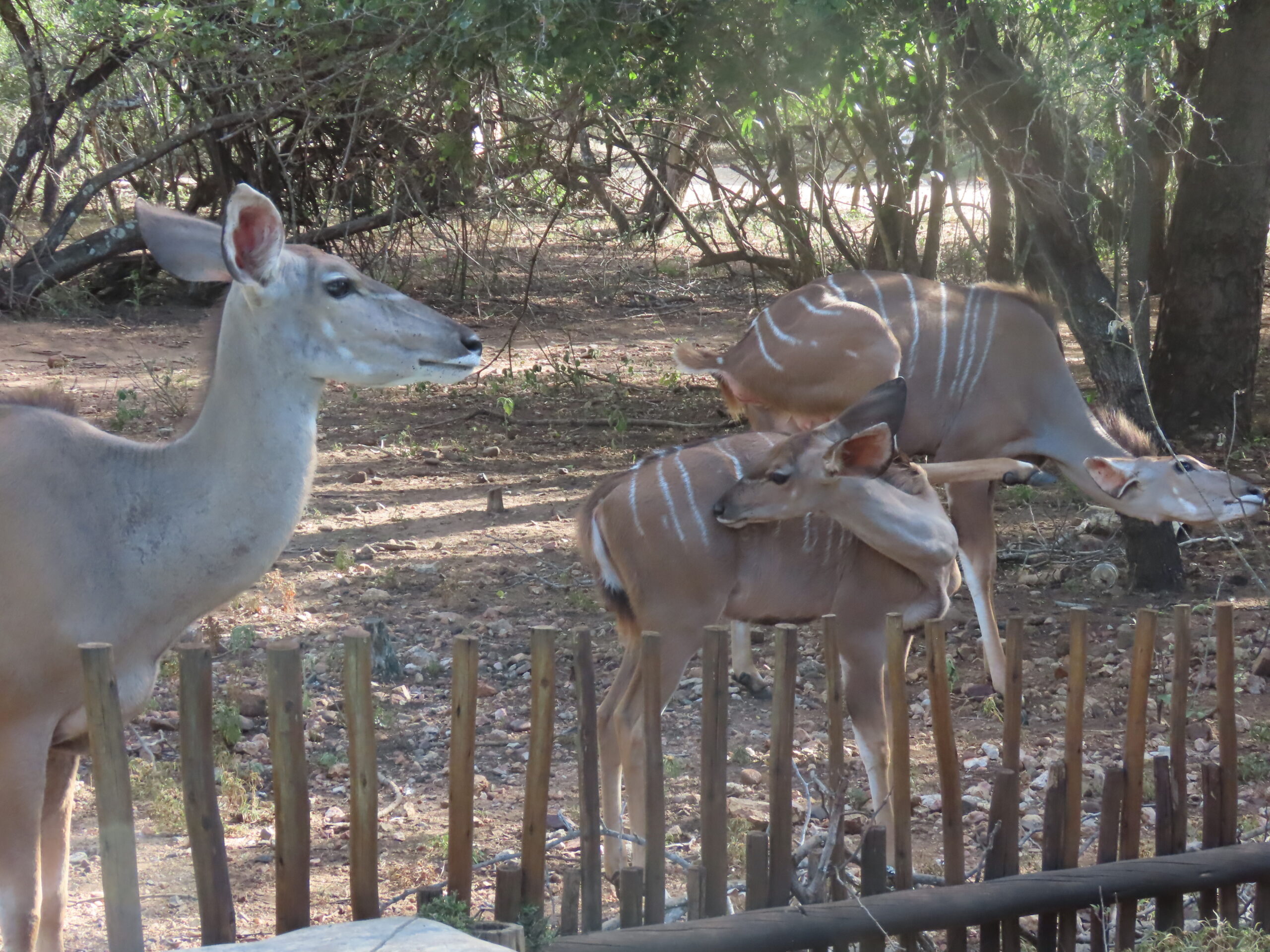
Cape Town: A World-Class Destination
Cape Town remains one of the world’s most sought-after travel spots, and for good reason. The Mother City’s iconic Table Mountain is a silent guardian over a bustling, cosmopolitan metropolis where history and modernity intertwine. In 2025, Cape Town has expanded its reputation as a scenic retreat and a place where visitors can engage with local communities, explore world-class art galleries, and enjoy sustainable dining experiences.
One of the biggest tourism trends this year is the rise of immersive experiences. Tourists no longer just visit Cape Town—they become part of it. Walking tours through the historic Bo-Kaap neighborhood, with its candy-colored houses and rich Cape Malay heritage, offer insight into a community that is striving to preserve its identity amid increasing gentrification. Local guides share stories that go beyond the postcard-perfect facades, giving travelers a chance to understand the complexities of life in this historic quarter.
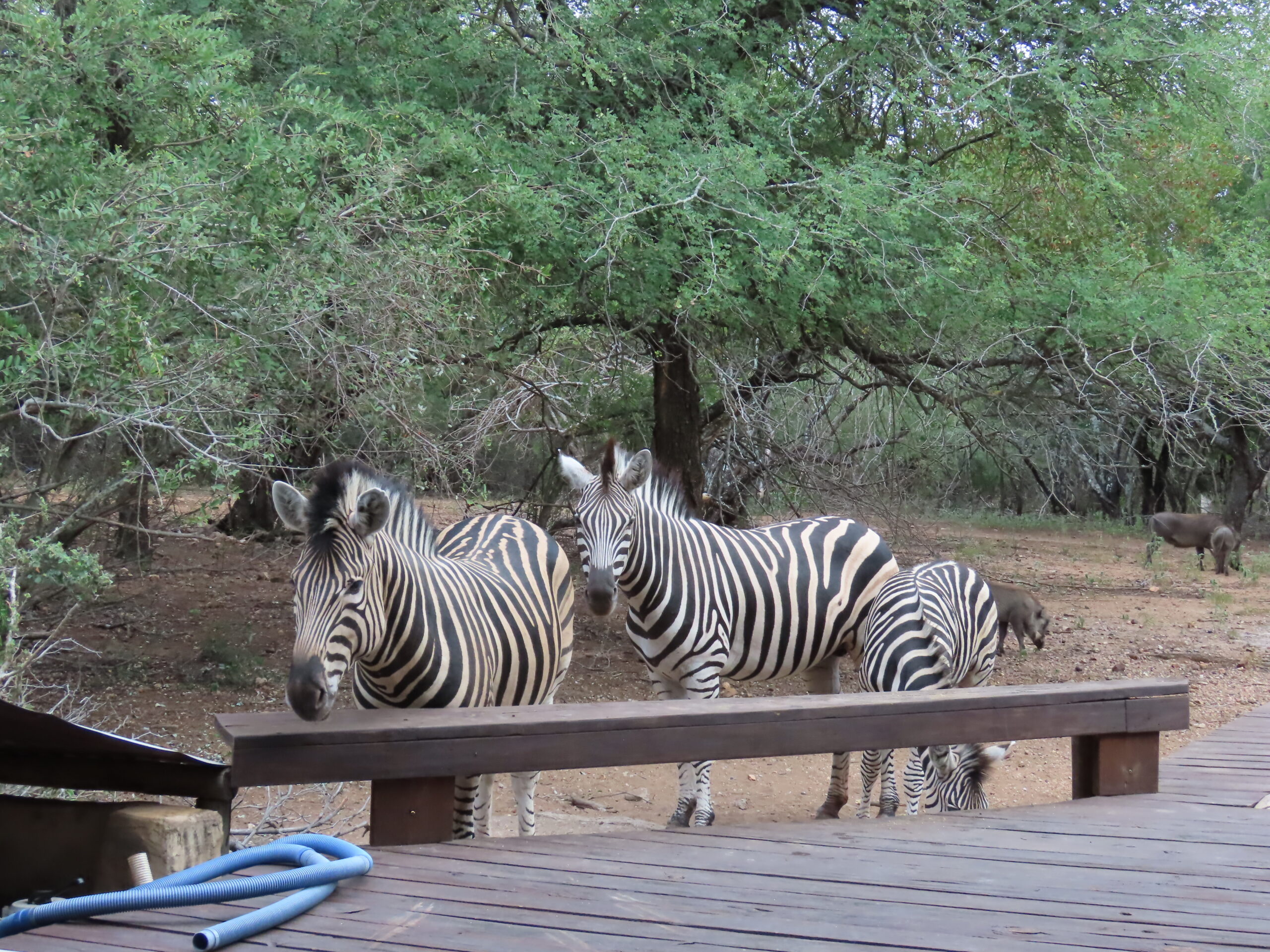
Another major draw is the city’s flourishing food scene. Sustainable and locally sourced cuisine is at the forefront, with restaurants emphasizing indigenous ingredients and traditional cooking methods. Just a short drive away, the Cape Winelands continue to lure wine enthusiasts with their exquisite vintages and picturesque settings. Franschhoek and Stellenbosch remain at the heart of South Africa’s wine industry, but newer, lesser-known regions are emerging, offering more intimate and off-the-beaten-path tasting experiences.
Safari Reinvented: Luxury Meets Conservation
No trip to South Africa is complete without a safari, and in 2025, wildlife tourism has evolved to focus even more on conservation and responsible travel. Uber’s latest innovation—Uber Safari—has made it easier than ever for travelers to experience the Big Five without the hassle of traditional bookings. Now, visitors in Cape Town can order a safari day trip through an app, seamlessly connecting them with game reserves just a few hours away.
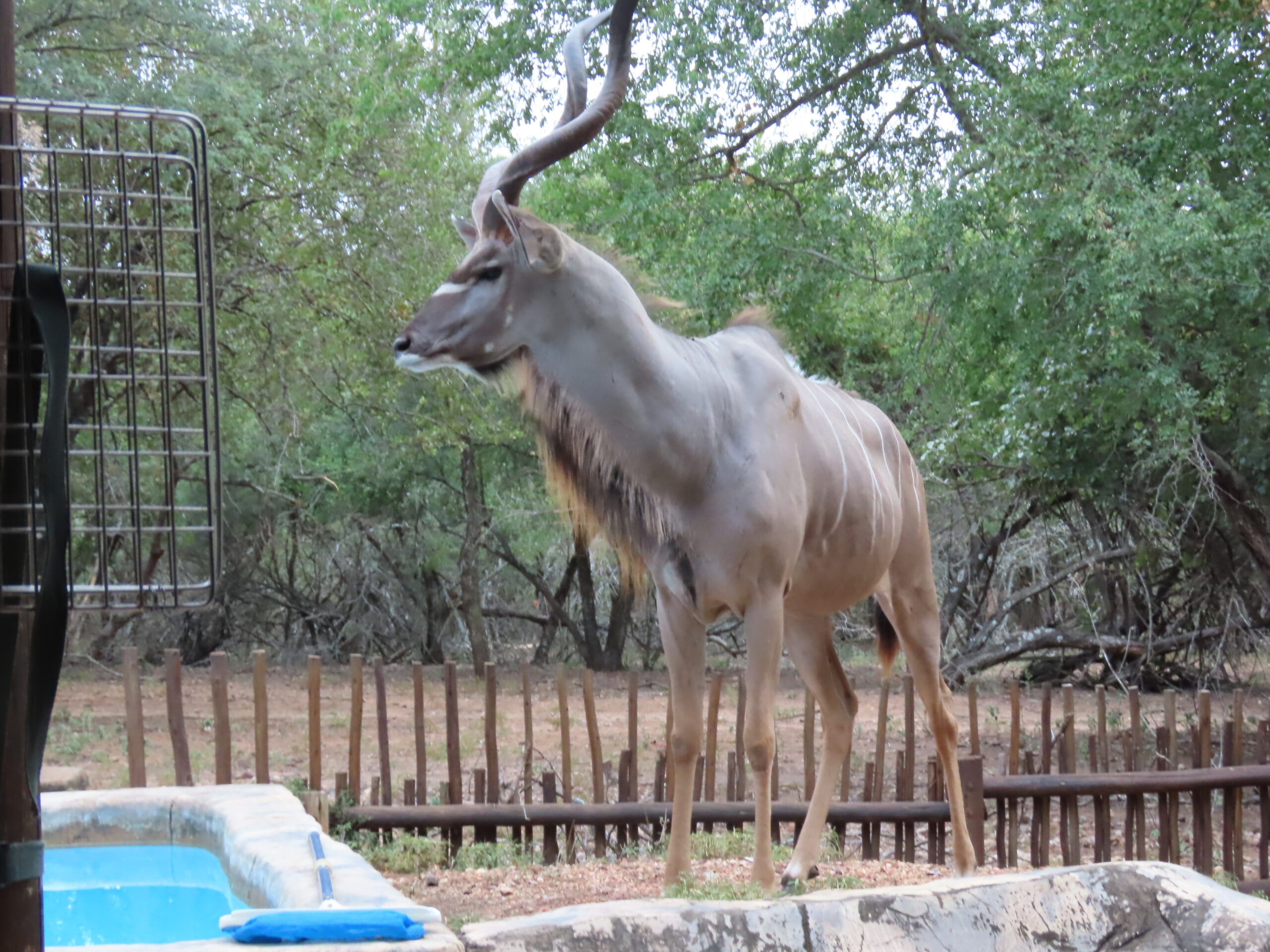
More importantly, game reserves across South Africa are placing greater emphasis on ethical wildlife encounters. Gone are the days of large-scale, disruptive tours. Instead, smaller, more intimate game drives provide an immersive experience while ensuring minimal environmental impact. Places like the Sabi Sands Game Reserve and Phinda Private Game Reserve lead the way, offering luxurious yet eco-friendly lodges that prioritize conservation efforts. Travelers witness Africa’s iconic wildlife and contribute to preserving these magnificent creatures.

Urban Adventures and Cultural Experiences
Johannesburg, often overshadowed by Cape Town, has firmly established itself as a cultural powerhouse in 2025. The city’s vibrant art scene, particularly in Maboneng and Braamfontein, showcases contemporary African creativity. Galleries, pop-up exhibitions, and street art tours offer visitors a deeper understanding of South Africa’s artistic evolution.
History lovers are drawn to the Apartheid Museum and Constitution Hill, where the country’s complex past is explored with depth and honesty. But Johannesburg isn’t just about looking back—it’s about celebrating the future. Trendy rooftop bars, gourmet food markets, and music festivals make this city an exciting destination for young, curious travelers eager to engage with the heartbeat of modern South Africa.

The Balance of Tourism and Sustainability
While tourism brings undeniable economic benefits, it also presents challenges. For instance, Cape Town faces concerns over mass tourism’s impact on its delicate ecosystems and historic neighborhoods. Bo-Kaap residents are grappling with increased foot traffic, which brings both economic opportunities and the risk of cultural erosion.
To combat these issues, South Africa is pioneering sustainable tourism initiatives. The government and private sector have worked together to introduce limited-access permits for high-traffic areas, eco-friendly accommodation options, and conservation fees that directly support local communities. Travelers are encouraged to make responsible choices, from supporting locally owned businesses to participating in voluntourism efforts that contribute to community development.

Why South Africa in 2025?
So, why choose South Africa in 2025? Because it offers more than just beautiful scenery—it provides depth. It’s a country where every journey tells a story, every landscape holds meaning, and every traveler can leave a positive impact. Whether sipping wine in the rolling vineyards of Stellenbosch, tracking lions in Kruger National Park, or engaging with the resilient communities of Johannesburg, visitors leave with more than just photographs. They leave with a sense of connection, an appreciation for history, and a longing to return.
In a constantly changing world, South Africa remains where adventure, culture, and conservation converge. In 2025, it will be one of the planet’s most exciting and meaningful destinations.
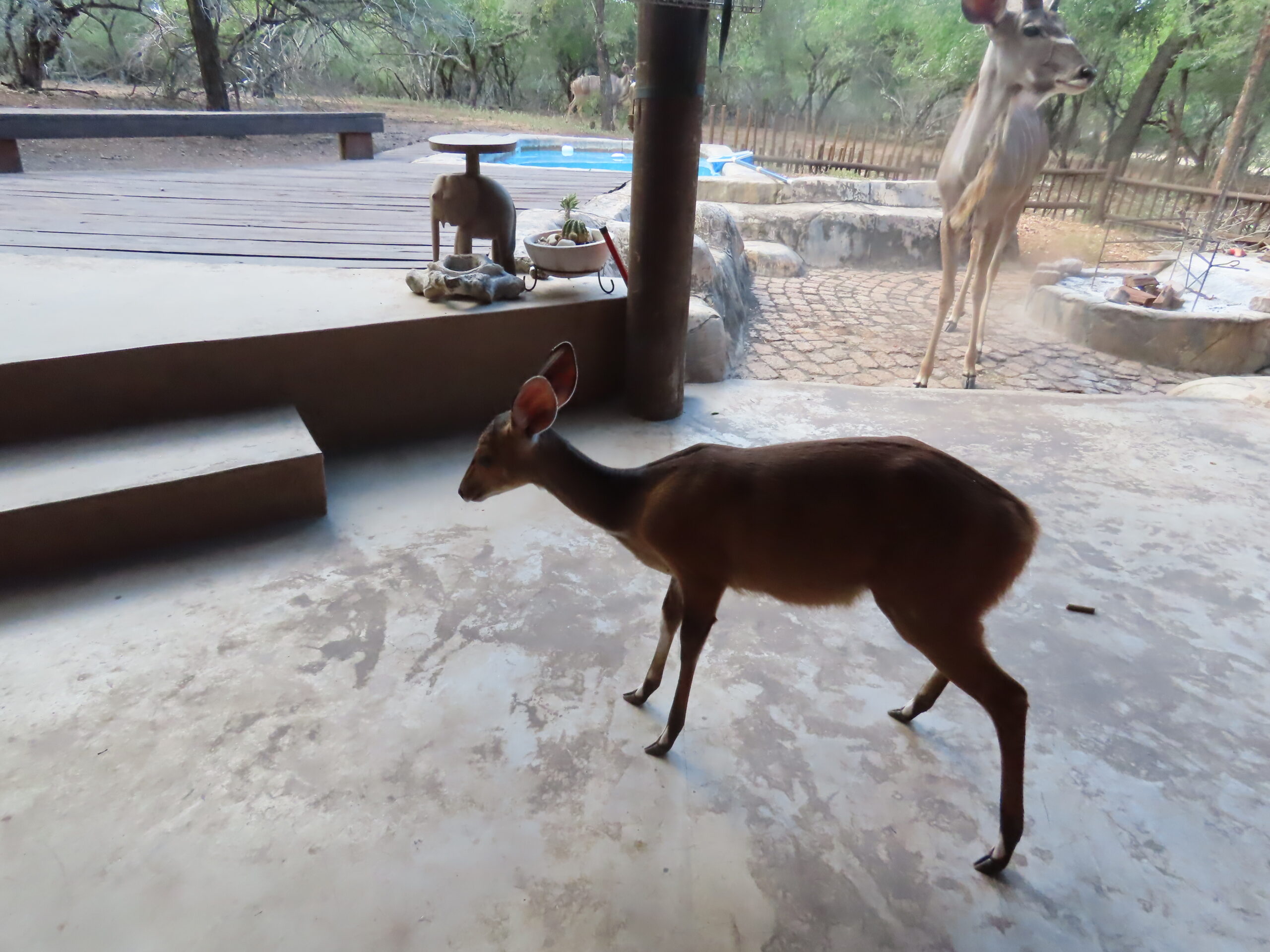
There are many areas in South Africa we have yet to visit. But, with only 90-day visas, we love the bush so much that we can’t seem to drag ourselves away from Marloth Park. People often push us to explore South Africa rather than just the bush. But our answer is always the same…we are happy here…what more could we ask for?
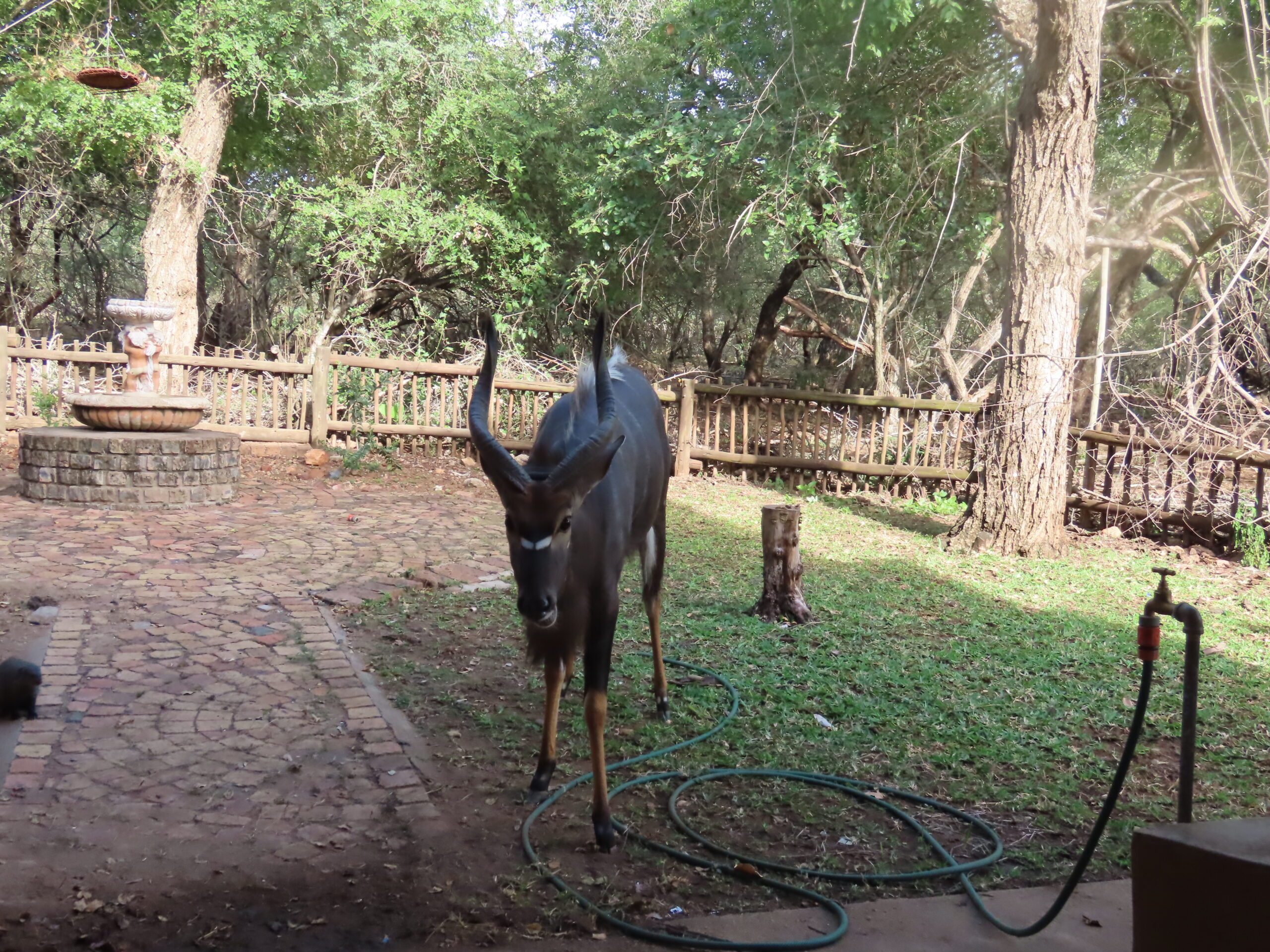
And isn’t that what travel is about: visiting locations that bring you the most joy? Whether it be a tropical island, a resort in Dubai, a horseback ride on the Grand Canyon, or a cruise to Alaska, there are no rules on where our wanderlust takes us.
Be well.
Photo from ten years ago today, March 25, 2015:









